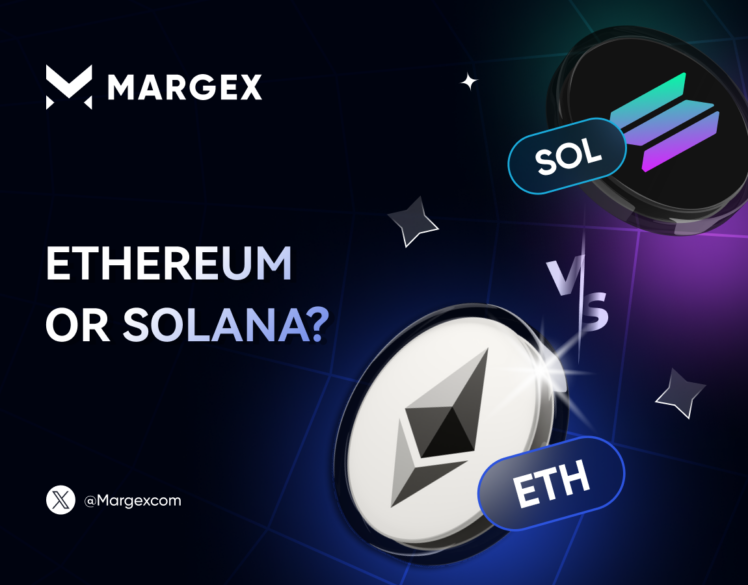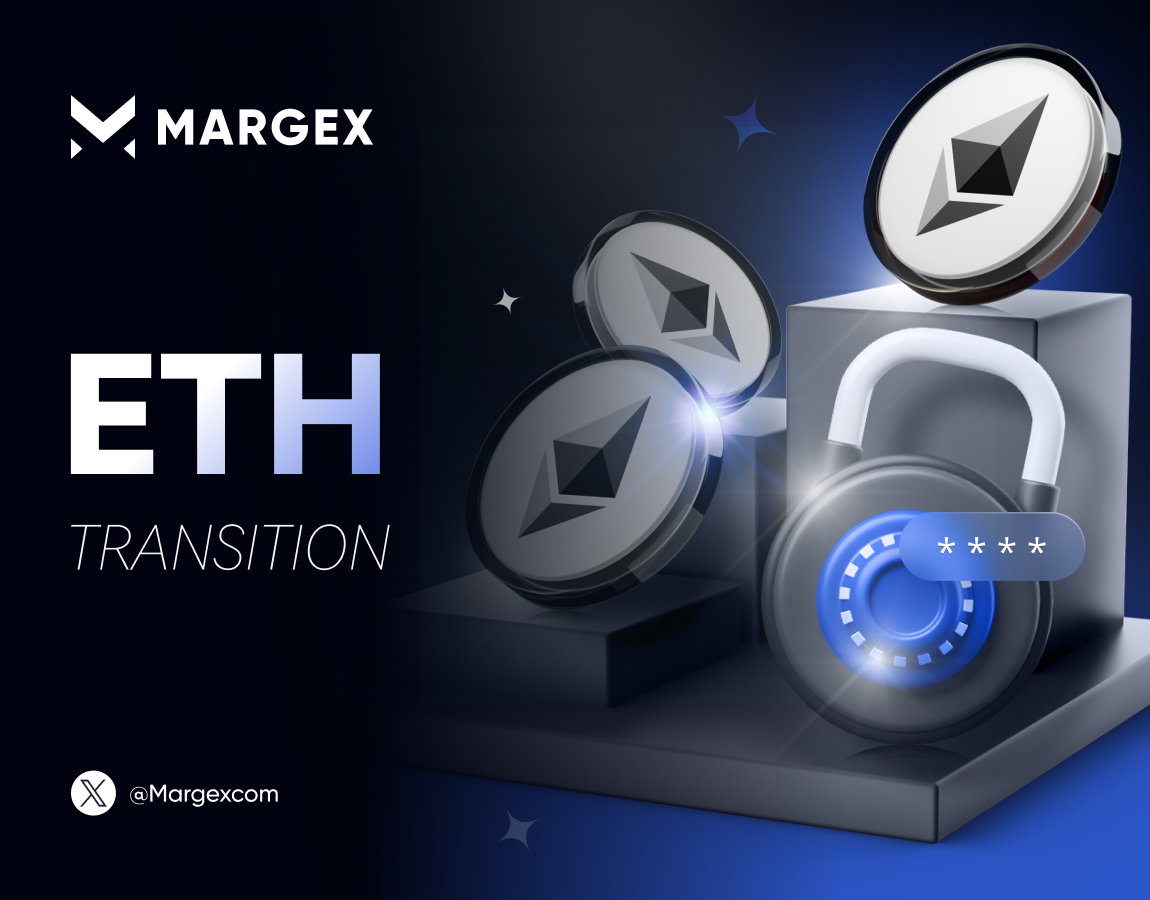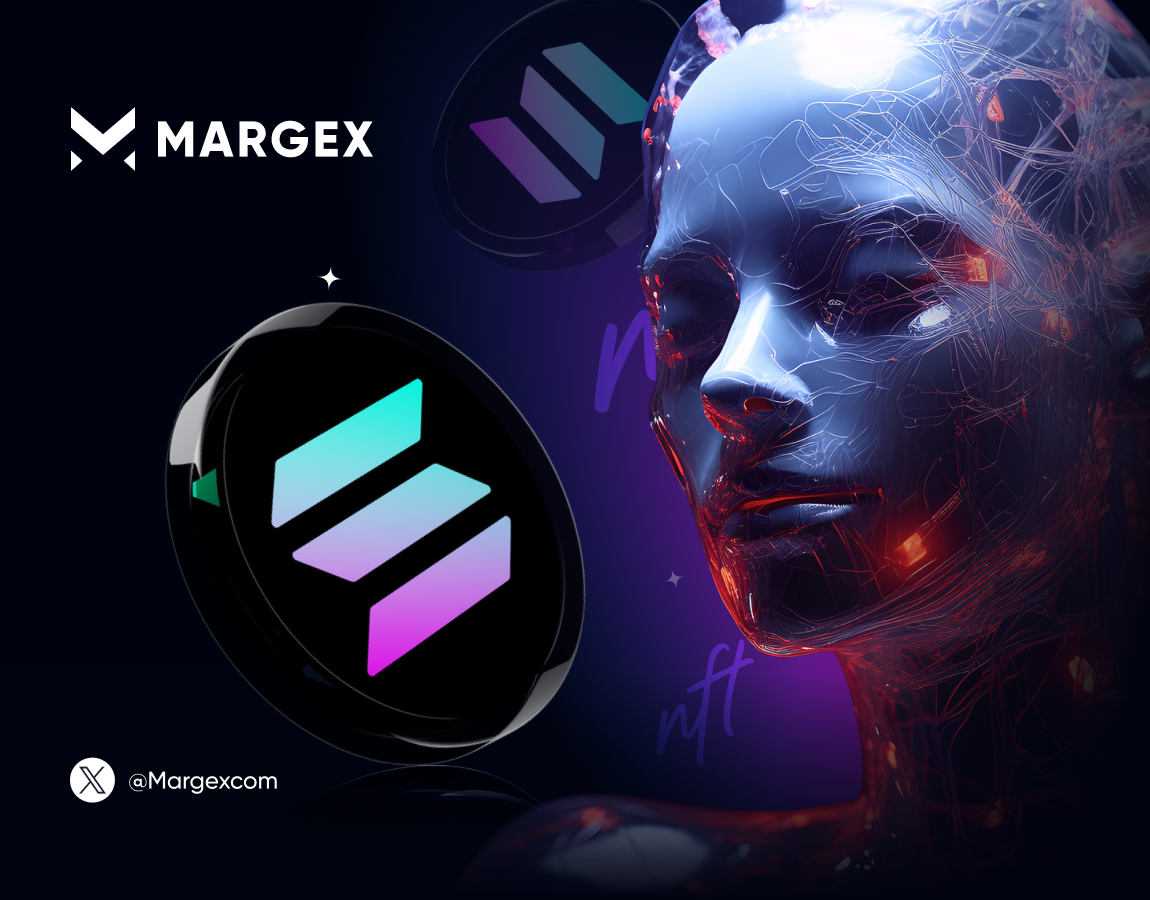Ethereum vs. Solana: A Comprehensive Comparison of Leading Blockchain Ecosystems

Solana and Ethereum are top blockchains in the crypto market. They support applications without central control and offer unique features. Ethereum has focused on secure processing since it pioneered this technology. In contrast, Solana excels with fast, low-cost transactions. Here’s a closer look at the key features of these leading blockchain systems.
Vitalik Buterin and co-founders launched Ethereum in 2015 as a groundbreaking blockchain system that opened new possibilities with smart contracts. Smart contracts became possible, and decentralized apps started working thanks to this advancement.
After Ethereum 2.0’s Beacon Chain was launched in December 2020, it switched from Proof of Work to Proof of Stake, improving performance and reducing energy use. In 2024, the Dencun upgrade further strengthened Ethereum. It boosted network performance, allowing for better data storage and more transactions. With the addition of Optimism and Arbitrum networks, Ethereum’s Layer-2 technology makes operations faster and cheaper for users.
Anatoly Yakovenko established Solana in 2017 and launched it in March 2020 as a fast peer-to-peer network with low transaction costs. Solana has proven it can handle large-scale usage while handling advanced applications using Proof of History and Proof of Stake technology.
The project reached milestones when it added Wormhole for cross-blockchain transfers and achieved exceptional network handling capacity. In 2024, Solana made critical contributions by launching the Solana Seeker phone for Web3 use and enhancing the Solana dApp Store 2.0 platform to make DApps easier to access. The new state compression technology cuts NFT manufacturing costs, which helps online game makers and content creators grow their businesses.
The memecoin movement on Solana has increased thanks to Pump. Fun while the platform further develops into a memecoin ecosystem hub. Retail investors now see Solana as attractive because the network handles many transactions quickly while keeping delay times low. Increases in memecoins brought new users to Solana’s platform while making its community more active.
Ethereum and Solana have shaped the development of blockchain technology. Ethereum created the base for blockchain applications and financial decentralization, while Solana is a speedy alternative platform. Understanding the platforms helps crypto investors and traders make better decisions in the fast-changing crypto market.
Solana vs. Ethereum: Comparing Technology and Performance
1. Transaction Speed and Scalability
Solana: Exceptional Speed and High Throughput
Through its advanced mechanism, Solana achieves 65,000 transactions each second (TPS), outpacing Ethereum’s speed. Solana now handles transactions faster than Ethereum does. The Proof of History (PoH) system allows Solana to handle many parallel transactions quickly without taking long to agree on network updates.
Solana attracts DeFi and NFT developers because its system can handle many fast transactions, making it ideal for their work.
Ethereum: Reliable but Slower Speeds
Ethereum handles 15 to 30 transactions per second yet struggles during busy times because transactions slow down. By transitioning to proof-of-stake, Ethereum delivered better energy savings and more transactions per second, yet remains slower than Solana. When Ethereum 2.0’s planning hit technical difficulties, it was terminated despite the intended scalability solutions.
Comparison summary
Solana moves transactions much faster and handles more work than Ethereum. Many developers pick Solana for their projects because it processes requests quickly without traffic buildup.
2. Consensus Mechanism
Solana: A Hybrid Approach with Proof of History (PoH) and Proof of Stake (PoS)
Solana combines Proof of History and Proof of Stake to create its advanced consensus system. Each transaction in PoH receives a specific timestamp to support faster sorting of network activities. PoS protects the network because validators must lock Solana tokens before performing their duties. The Solana design merges Proof of History with Proof of Stake to enable faster transactions without endangering digital safety and overall performance.
Ethereum: Transition from Proof of Work (PoW) to Proof of Stake (PoS)

Ethereum’s first system depended on PoW, which needed miners to solve complex mathematical puzzles and verify network transactions. While PoW kept networks secure, it used too much energy and blocked network growth.
Ethereum made its system more effective and able to handle more data by adopting Proof of Stake technology. Under PoS, validators earn selection rights through their invested tokens without demanding extensive computer power, speeding up transaction processing.
The system works faster and uses less energy than before,
Efficiency in Speed and Energy Consumption
The Solana network uses both PoH and PoS to run faster and use less energy than Ethereum’s exclusive proof-of-stake system today. This system lets Solana support quick performance while keeping energy demands low to lead blockchain developments.
3. Transaction Costs and Gas Fees
Solana: Minimal Transaction Fees
The Solana network charges minimal transaction fees, which total less than one cent per transfer. Fees fluctuate with network load levels but continue to stay very low. Low transaction costs make Solana ideal for businesses, particularly DeFi operations, as high fees cut profits.
Ethereum: Higher and Fluctuating Gas Fees
Users face much higher gas fees on Ethereum unless network usage remains low. The gas charges climb with network load and can become higher than a single transaction’s worth. Ethereum users experience constant problems with high fees, especially in decentralized financial transactions and NFT trading.
Cost Implications for Users and Developers
A small transaction volume and regular activities drive users to select Solana because its transaction fees stay low. Ethereum maintains its appeal with developers and users because of its strong platform features, while users accept its transaction expenses due to proven performance.
4. Smart Contracts and dApps Ecosystem
Solana: Growing Ecosystem for Decentralized Applications
Through events and funding programs supported by the Solana Foundation, the network steadily grows its platform of decentralized apps. These developments have encouraged innovation, bringing us Serum as the top decentralized exchange and Raydium as an automated market maker for Decentralized Finance.
Ethereum: Pioneer in Smart Contracts and dApps
The Ethereum network leads in smart contract development and decentralized application support. Its system supports various thriving decentralized applications, including prominent DeFi projects like Uniswap and Aave alongside NFT marketplaces like OpenSea. Solidity has become the default language for creating smart contracts across the Ethereum platform.
Developer Preferences and Ecosystem Growth
The growing number of developers chose Ethereum because it is a mature system, yet Solana’s popularity continues to increase. Developers and users turn to Solana because its easy-to-work-with system, pow pricing, and speedy transactions help them escape Ethereum’s expensive fees.
5. Security and Decentralization
Solana: Fewer Validators, Reduced Decentralization
The Solana architecture delivers fast results, but the small number of validator nodes creates centralization problems. When a blockchain network has few validators, it becomes easier for them to team up and threaten its security standards.
Ethereum: Highly Decentralized and Secure
Ethereum’s large number of connected nodes makes it difficult for anyone to seize control of the blockchain network because every node acts independently. The distributed Ethereum network creates better security but reduces its transaction processing speed and functionality.
Balancing Security and Performance
Ethereum’s large network of validator nodes creates a strong defense against threats and maintains its decentralized character for users who need this protection. Solana prioritizes swift transactions and affordable fees while taking fewer steps toward decentralization to make this possible.
This evaluation shows what each system offers while helping users choose the platform that matches their requirements.
6. Uses Cases
Solana: Driving Innovation in DeFi, NFTs, and Cost-Effective Projects
People increasingly choose Solana for their DeFi and NFT projects because of its fast speed and low transaction fees. The platform provides fast transactions at small costs, making it best for projects that need quick and affordable processing. The Solana ecosystem has developed rapidly with major platforms like Magic Eden NFT marketplace and DeFi protocol Serum.
Ethereum: A Trailblazer in DeFi and NFTs
Today, your DeFi and NFT projects depend on Ethereum as their core development platform. Since Ethereum became the first platform to support smart contracts, it has been the foundation for all major digital applications and marketplace development. The network gained many users through its innovative lead and developed its developer services to become an essential platform worldwide.
Comparison of Strengths and Applications
Because it started earlier and runs effectively, Ethereum is the platform developers select for their DeFi and NFT projects. Solana’s fast development offers new projects an attractive alternative when they need quick transactions and low fees. Each platform serves customers differently, filling unique spaces in blockchain technology.
Highlights of Major dApps and Key Projects
Ethereum: Many apps choose Ethereum for its dependable security and distributed platform features. The two leading DeFi protocols, Aave and Compound, control billions of dollars through TVL in the crypto network. The Ethereum NFT market stays active as Art Blocks and other projects create strong sales numbers and engage digital art fanbases. Through recent Layer-2 scaling solutions like Arbitrum, Optimism, and zkSync Era, Ethereum offers users faster transactions that cost less. Ethereum has gained momentum from Real World Asset tokenization initiatives, and Centrifuge has introduced traditional finance to blockchain platforms.
Solana: Thanks to its speed and performance, Solana focuses on digital asset markets and gaming environments requiring maximum real-time processing capacity. These chief applications consist of Jupiter, the fastest decentralized exchange; Audius, a blockchain music streaming network; and Star Atlas, a futuristic metaverse solution. The efficient transactions of Solana power applications need many operations each second.
Memecoins: Ethereum vs. Solana
Ethereum: Through its system, Ethereum helped Dogecoin (DOGE) and Shiba Inu (SHIB) become standout memecoins. Ethereum is a preferred platform for launching big memecoin projects, gaining attention from traders and followers through strong storytelling and market speculation. Project Pepe and Floki Inu continue drawing substantial market support. However, Ethereum’s high transaction fees make it expensive for small investors to use during traffic spikes. The introduction of Layer-2 platforms like Arbitrum and zkSync Era allowed memecoins to trade more easily at faster speeds and lower transaction costs.
Solana: During 2024, Solana attracted many new memecoins thanks to its cheaper transactions and fast processing speed. Tokens CHILLGUY, BONK, and GOAT succeeded in 2023 because a big community supported viral marketing efforts. Pump.fun strengthens the ecosystem by giving users the tools to create and trade their meme tokens millions of times. Solana’s memecoin sector yields high chances for fast growth through trends supported by social media, yet investors face extreme threats because many projects only last briefly.
Key Insights into Total Value Locked (TVL) in DeFi Ecosystems
Total Value Locked (TVL) shows how much money users place as stakes, loans, and deposits across decentralized finance (DeFi) platforms on a blockchain system. The metric shows how blockchain platforms become accepted and inform system behavior.
Ethereum: Ethereum leads DeFi with total value locked above $71 billion at the start of 2024. The platform attracts large amounts of funding because its complete ecosystem has successfully pushed TVL totals to hundreds of billions. Ethereum controls DeFi because of its overall position at the center of this marketplace.
Solana: Since its debut, Solana has shown strong total value-locked gains due to increasing DeFi platform adoption. Solana attracts new financial projects because it maintains faster transaction speeds than Ethereum, yet its market value remains less than Ethereum’s $9 billion. Thanks to its rising prominence in blockchain technology, the platform now ranks second in total value locked on blockchain networks.

Ethereum and Solana: A Comparative Investment Analysis
Thanks to their different market positions and tech achievements, investors find both Ethereum and Solana appealing despite their varied challenges as blockchain pioneers. Looking at how these assets perform in the market, and their ecosystems and forecasts help show their investment value now and into the future.
Ethereum (ETH)
Ethereum is vital in crypto markets because it is one of the top two crypto assets in market value. During 2024, Ethereum preserved its value despite market swings thanks to its major network updates, including the Dencun upgrade, which increased processing speed and lowered transaction fees. Ethereum’s user base grew by adding scaling solutions from Arbitrum and Optimism, improving network accessibility. During the previous year, Ethereum gained a 70% price increase.
In May 2024, the U.S. SEC approved Spot Ethereum ETFs, and people poured $2.2 billion net into these funds until their launch. This progress improves investor trust in Ethereum and makes the platform better known to financial market participants. The SEC-approved spot ETFs enable financial institutions to invest in Ethereum using a regulated and simple method, driving more organizations to use this platform.
Solana (SOL)
Solana grew strongly in 2024 to become a major market capitalization leader in cryptocurrency records. SOL token value grew by 263% because new technology and adoption helped push its success. New Solana technologies, such as the Seeker Web3 phone and state compression, along with dApp Store 2.,0 now help people use the blockchain at lower costs while reaching more people. The debut of these product enhancements in gaming NFTs and memecoin areas has brought in many different users and developers who use Solana.
Professional investors now show more interest in Solana through their ongoing work to make the network perform more reliably. Market interest in Solana ETF launch plans shows investors are starting to understand the blockchain’s real benefits. Despite small network slowdowns, Solana remains popular because it processes transactions quickly and cheaply. Developers and traders choose Solana as their preferred blockchain for its continuing advancement toward scalable framework development.
Price Outlook: Ethereum vs. Solana
Ethereum will lead blockchain markets by maximizing decentralized finance uses while handling non-fungible tokens and tokenizing real-world assets. Ethereum’s future growth depends on Dencun updates and widespread adoption of Layer-2 solutions, which will boost transaction capacity and decrease pricing. Users and developers find Ethereum more attractive because of its recent updates. Institutional buying power and approval for Ethereum ETFs will keep ETH prices rising through 2025, creating good investment chances in the next ten years.
Solana stands ready to grow through fast performance and low fees with modern technological improvements. Adopting the Seeker smartphone and state compression alongside upgraded features from Solana make it a market leader for fast blockchains that power interactive gaming and finance services. If Solana continues to deliver network stability alongside its new features, it will likely see major increases in value. Expected ETF approvals will help attract institutional investors to our market and boost our standing in the sector.
Network breakdowns create temporary problems that affect investor confidence unless efficient solutions are implemented. The growth of Solana’s platform features makes it likely to succeed over the next two years. Our analysis shows that Ethereum and Solana present exciting investment potential because both platforms bring special advantages to the rapidly changing blockchain industry.
Conclusion
The ongoing development of blockchain systems shows us new ways to create value and build innovative solutions. Ethereum is the premier platform for decentralized applications because its infrastructure supports emerging Ethereum 2.0 technology. Solana and other platforms build unique architectures that deliver quick processing and handle big data loads. The various blockchain platforms demonstrate how blockchain technology can develop in multiple ways to benefit all blockchain participants.


